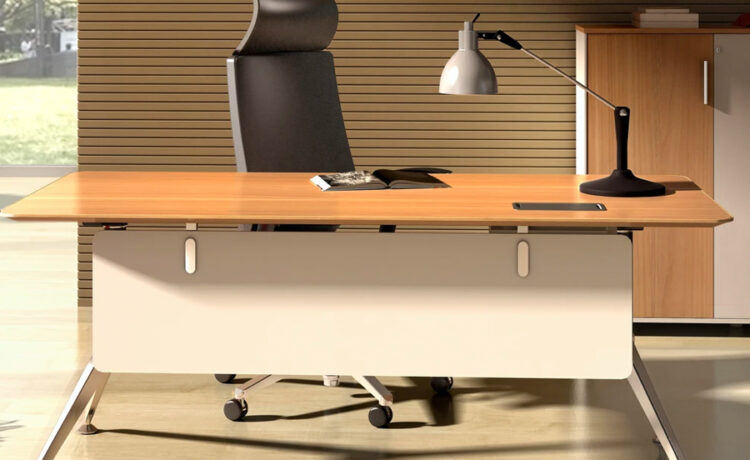Changes to your workplace are now straightforward, thanks to recent improvements in design and production. People are sitting for more extended periods than ever before due to their reliance on computers. Their health is worsening as a result. While you may not be able to transition from a routine desk job to one which requires you to exercise or be moving all through the day, there’s something you could do immediately to improve your health: Sit up straight. While being seated on Office chairs, make sure you’re doing everything you can to protect your spine by following these guidelines:
Parallel your forearms to your backbone:
When seated at a desk, keep your upper arms parallel to your spine, your forearms, and palms on the countertop. At this point, your elbows must be bent to a 90° angle. If they aren’t, adjust your office chair as needed. By unnaturally lifting or lowering your arms, you may put a strain on your shoulders and upper back, causing pain.
Elevate your chair to make the sit-to-stand transition easier:
If your seat is too low, you will arch your back more when attempting to get up, placing more tension on your knees, hips, and ankle joints. A somewhat low seat may put repetitive stresses on these joints, potentially causing pain with continued use. A suitable seat height allows you to rest both feet on the floor while your hips and knees are relaxed at a 90° angle.
Elevate your feet for support:
Your chair or desk may get too high on occasion if it lacks an adjustable function. In these situations, consider utilizing a footrest to support and relax your feet rather than letting them dangle all day. Using a footstool relieves stress in your legs and feet, which may assist with foot discomfort at the end of the day.
Adjust your chair’s rotation and backrest:
Office chairs should be tilted slightly more than or up to 90 degrees to provide back support. Certain chairs include many recline and swivel settings that may be fastened to protect the chair from tipping over. Certain chairs also include lower back support in an adjustable strap that can be moved up and down to fit snugly in the lower back.
Modify your armrest to offer enough shoulder support:
Armrests help relieve shoulder and neck stress and reduce the likelihood of slouching forward in your chair. Adjust your chair’s armrests so that your arms are slightly elevated at the shoulders. This enables the armrests to support only the elbow, relieving pressure on the shoulders.
Take regular breaks:
Sitting for extended periods may reduce blood flow and cause muscle fatigue. To avoid this, take frequent breaks. Get up from the table and get moving. When you need to take a break, attempt to get up and move away from your desk. Calf raises, and shoulder shrugs will assist in increasing circulation. Practice a few squats or lunges if you have enough room.
Now is the time to make adjustments to your workstations, Office chairs, and postures to decrease needless stress on your backbone and other joints. Investing in ergonomic seats and continuing to sit correctly will help reduce muscle and bone stress and subsequent wear and tear. This may pay off over time as you avoid injuries, pain, and discomfort. If you’re on the market for a new chair, keep the recommendations mentioned above in mind and properly inspect the seat’s dimensions to fit your body.









